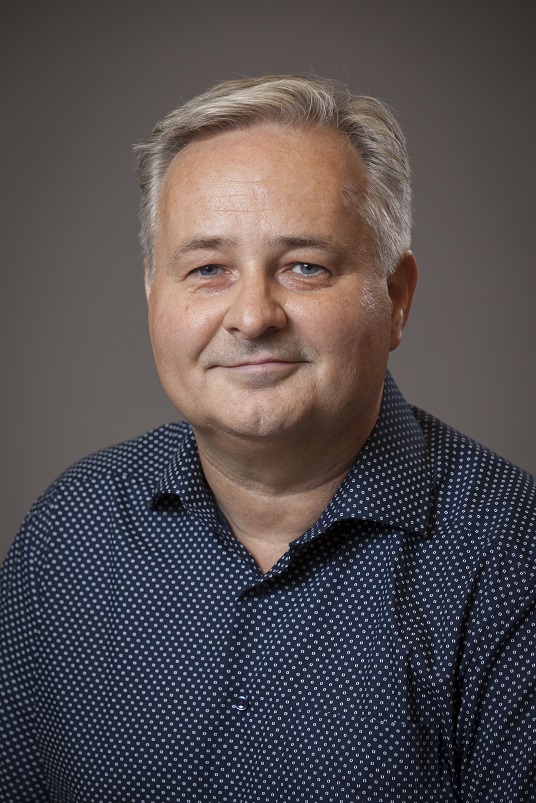Dr. Clemens Krempner

Title: Professor
Education: Ph.D., University of Rostock, Germany, 1996
Postdoctoral Study, OSU Columbus, 2003-2004
Research Associate UW Madison, 2007-2008
Habilitation, University of Rostock, Germany, 2007
Research Area: Organometallic and Materials Chemistry
Office: ESB2 - 310A
Phone: 806-834-3507
Email: clemens.krempner@ttu.edu
Personal Research Website
[coming soon!]
Principal Research Interests
- Silanols and Metal Siloxides in Catalysis
- Zwitterionic Approach to Catalysis Mediated at Early Transition Metal Centers
- Novel Silicon Rich Materials for Optical Applications
Our group is currently investigating research projects that are attempting to address
fundamental problems in the fields of main group and transition metal chemistry as
well as organometallic and materials chemistry. These projects can be separated into
the following general areas.
Metal Siloxides, Alkoxides and Amides in Catalysis
The main objective is the development of robust metal complexes as potential catalysts
for organic transformation, ring-opening polymerizations and olefin polymerizations.
In particular bidentate and tridentate metal siloxides consisting of non-toxic silanol
ligands as well as inexpensive and bio-compatible metals (M = Zn, Mg, Ca). Exploring
the coordination chemistry of such metal siloxides is therefore at the forefront of
our research.
Zwitterionic Approach to Catalysis Mediated at Early TM Centers
This project deals with silicon based zwitterions as mediators of stoichiometric and
catalytic reaction transformations. Tripodal complexes consisting of “zwitterionic”
bicyclooctane units such as the well known family of metal tris(pyrazolyl)borates
and the tris(phosphinomethyl)borates play a vital role as catalysts in various catalytic
reactions and can stabilize soft transition metal ions in high oxidation states.
In this regard, we have synthesized a zwitterionic metal silanide with internal methoxy
donors that preferentially bind to hard cations such as Li+, Na+, Ca2+, Sr2+ and Ba2+.
We would like to take advantage of this coordination behavior and plan to establish
a coordination chemistry involving early transition metal ions. The ultimate goal,
however, is to employ these zwitterionic transition metal complexes in catalytic reactions
that are devoted to polymerization reaction and small molecule activation.
Novel Silicon Rich Materials for Optical Applications
Silicon rich materials such as poly and oligosilanes and silicon cluster possess unique
optical, photoelectric and other excited state dependent properties. They find applications
as optical and conducting materials and as photoresists. In this project particular
attention is being given to the synthesis, structure and properties of nanometer scale
dendritic oligosilanes and well-defined silicon clusters. Incorporating functional
groups and embedding these materials into a SiO2 matrix by Sol-Gel-Processes, should
help to obtain stable hybrid materials being suitable for optical or electronic elements
or capable of making good use of high efficiency luminescent characteristics and high
hole conductivities. Once we have these hybrid materials in hand, we will investigate
their photo-physical properties in detail.
Representative Publications
- “The New Multidentate Ligand Trimethoxyhypersilanide - Unusual Coordination Modes in Alkali-Metal Silanides.” Krempner, C.;* Chisholm, M.H.; Gallucci, J. Angew. Chem. 2007, 120, 416-420; Angew. Chem. Int. Ed. 2007, 47, 410-413.
- “Twisted Oxygen Containing Oligosilanes – Unprecedented Examples of σ–n Mixed Conjugated Systems.” C. Krempner, * A. Flemming, M. Köckerling, R. Ludwig, * R. Miethchen,Chem. Comm. 2007, 1810-1812.
- “Synthesis and Structure of Cyclic Aluminum Disiloxides.” C. Krempner, * K. Weichert; H. Reinke Organometallics 2007, 26, 1386-1392.
- “Hydroxyl Substituted Oligosilane Dendrimers – Controlling the Electronic Properties through Hydrogen Bonding.” C. Krempner, * U. Jäger-Fiedler, M. Köckerling; R. Ludwig, A. Wulf, Angew. Chem. Int. Ed. 2006, 45, 6755-6759.
- “Trisilane-1,3-diolato Complexes of Ti and Zr – Syntheses and X-Ray Crystal Structures.” C. Krempner, * M. Köckerling; H. Reinke; K. Weichert Inorg. Chem. 2006, 45, 3203-3211.
- “Novel Double Cored Oligosilane Dendrimers – Conformational Dependence of the UV Absorption Spectra.” C. Krempner, * M. Köckerling; C. Mamat Chem. Commun. 2006, 720-722.
- “Novel Polysilanoles via Selective Functionalization on Oligosilanes.” C. Krempner, * J. Kopf; K. Mamat; H. Reinke; A. Spannenberg; Angew. Chem., Int. Ed. Engl. 2004, 43, 5406-5408.
Department of Chemistry & Biochemistry
-
Address
1204 Boston Avenue, Lubbock, TX 79409-1061 -
Phone
806.742.3067
